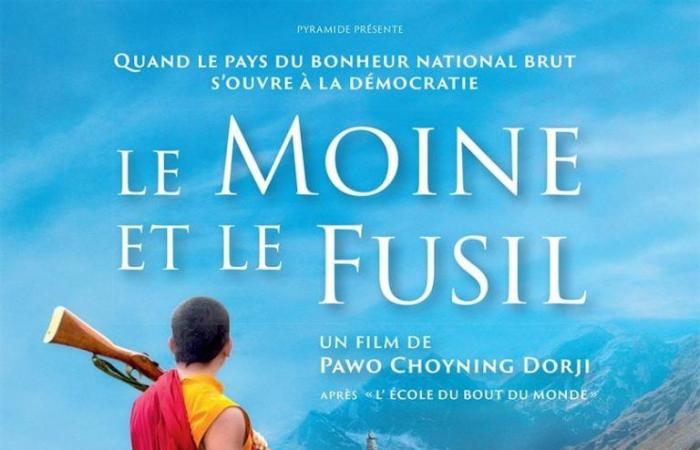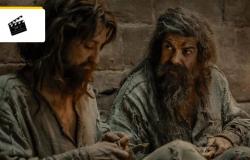Résumé : 2006. Bhutan opens up to modernization and discovers the Internet, television… and democracy. To teach its people to vote, the government organizes “white elections”. But in the land of gross national happiness, where religion and the king matter more than politics, residents seem unmotivated. However, in a remote mountainous province, a monk decides to organize a mysterious ceremony on voting day and tasks one of his disciples with finding a rifle…
Critique : Bhutan, which is one of the smallest countries in the world, but also one of the founders and illustrators of the population happiness indicator, is finally apprehending democracy. It is 2006, and the Bhutanese people are preparing to vote, after the abdication of the king. Three colors are proposed for placing your ballot in the box, with more than elliptical programs, one devoted to industrial development, the other to the fight for ecology and the last more focused on social issues, as if a political program could not address all three areas at the same time. From the outset, this way of supporting new voters is wildly funny and testifies to a film which goes from surprise to surprise thanks to a more than ingenious scenario.
The Monk and the Gun mixes several stories in one: that of this ministerial attaché who will try to acculturate the people of a small province of Bhutan, to the voting process, in a context where the religious question and affiliation to the king are more striking than this democratic awakening; that of an influential monk, the Lama, who dispatches one of his assistants to find him a rifle; that of a guide who unwillingly accompanies a collector’s arms dealer; that of a family who awakens to knowledge through their little daughter. Said like that, the statement could seem confusing and inconsistent. In fact, the story lands on its feet with tremendous energy. Here is a feature film which combines inventiveness, humor and political demands in a fiction where the characters constitute a key to understanding an endearing, sensitive country, and at the dawn of a renewal of its methods of governance.
- Copyright Pyramide Distribution
Bhutanese cinema is rare, and for good reason it is a relatively unknown country. In fact, the feature film restores the image of this tiny country offering absolutely marvelous landscapes. We are not in a miserable cinema, closed in on itself, but facing a real work of cinema which takes care of its wide shots. The photography and lighting are sublime, allowing landscapes and monuments of great beauty and color to be displayed before the viewer’s eyes. The film exudes an almost spiritual spirit, thanks in particular to the images showing the interior of the temples or these small towers of earth and stones which seem to contain great religious secrets, and called stupas.
The film demonstrates almost marvelous intentions, reminiscent of the charm and sweetness of life of Pawo Choyning’s feature film Dorji The School at the End of the World, notably through the features of a young student who is eagerly looking for an eraser to properly write her homework on the table. All the characters seem cast in the material of a Voltaire-style philosophical tale. Moreover, we absolutely must not summarize this story by the institutional and political dimension, but much more by its narrative scope. The film can be seen above all as a very pretty story with different characters, but who all contribute to their share of happiness in life. The happiness index is also based on the three colored parties which are running in the elections, and which still seem to be well embodied by the monarchy. In a way, we learn that our model of democratic governance is not necessarily the Holy Grail of institutional and political functioning throughout the world.
- Copyright Pyramide Distribution
Gentleness and poetry are not too much in this world and rightly so The Monk and the Gun appears as a fresh, airy, delicate work, intended for all audiences. It is this great open-mindedness that we must emphasize, and that young and old alike should be amazed by this feature film, which is as good for its content as it is its form. Added to this is an opportunity for family debates on the question of voting, of course, but also the very unique relationships that the people of the world have with happiness.
This is a resolutely beautiful and optimistic film, which, we hope, will reconcile the social divisions that are so acute during this electoral period.







